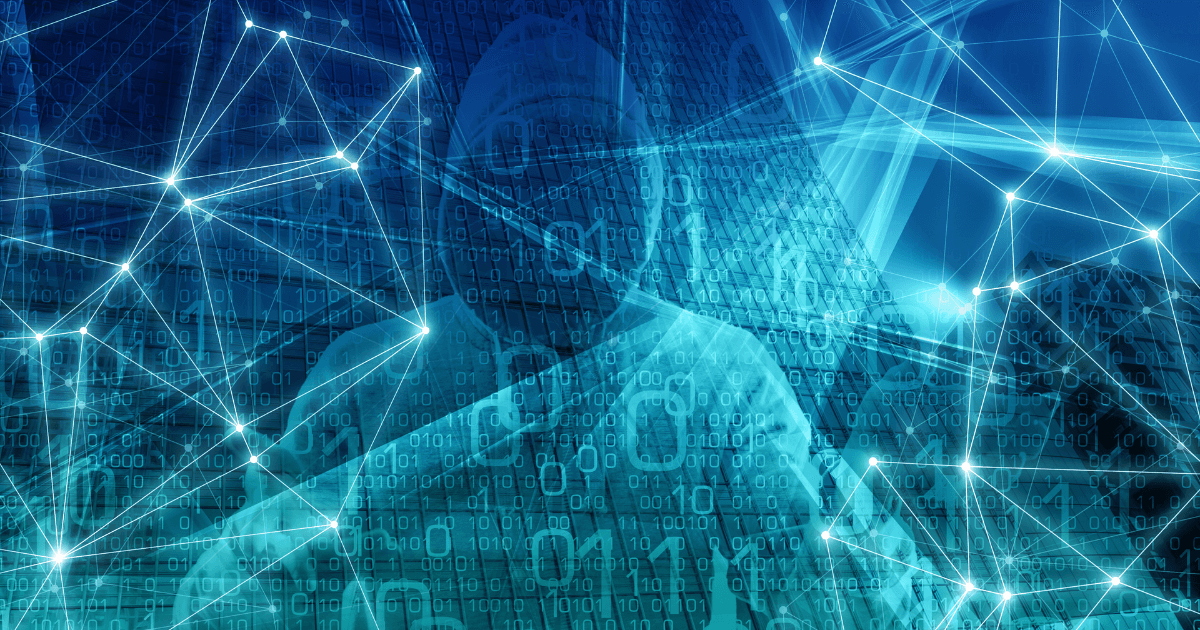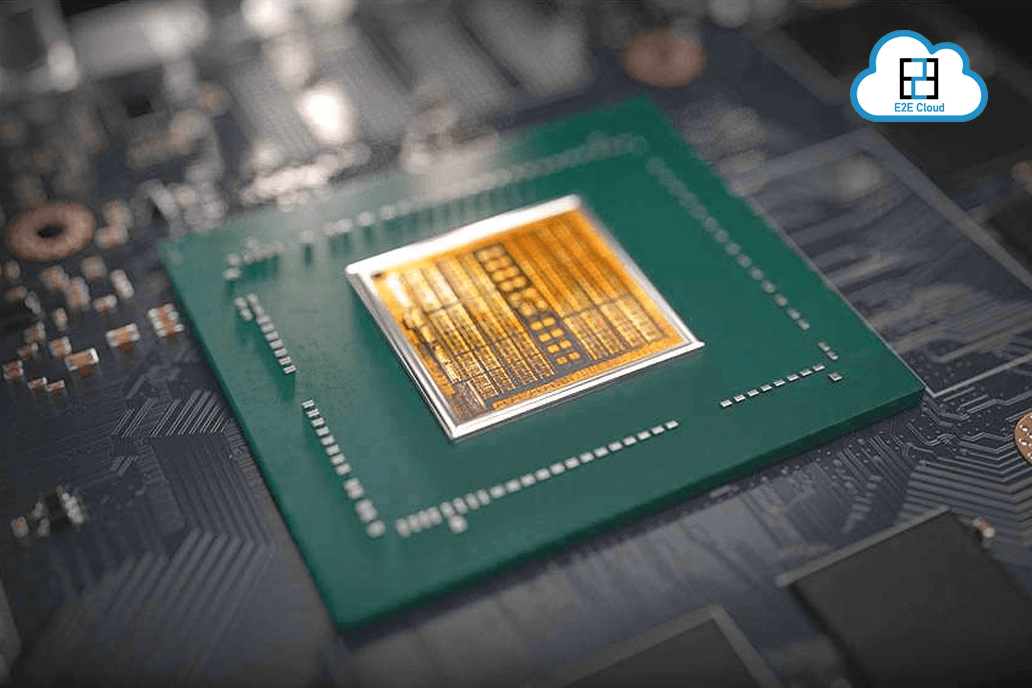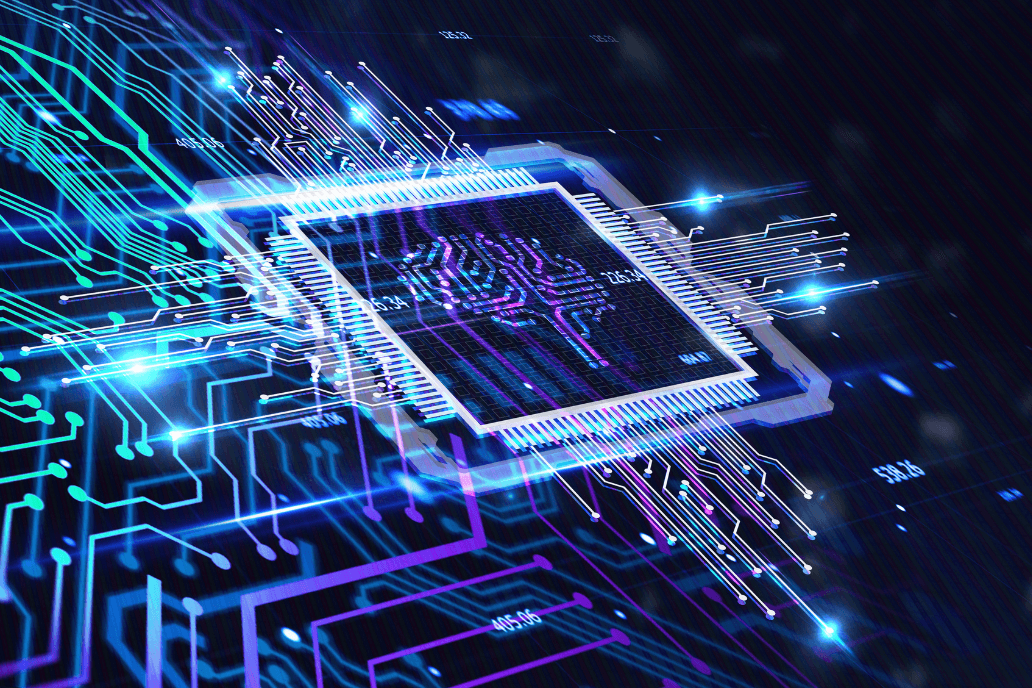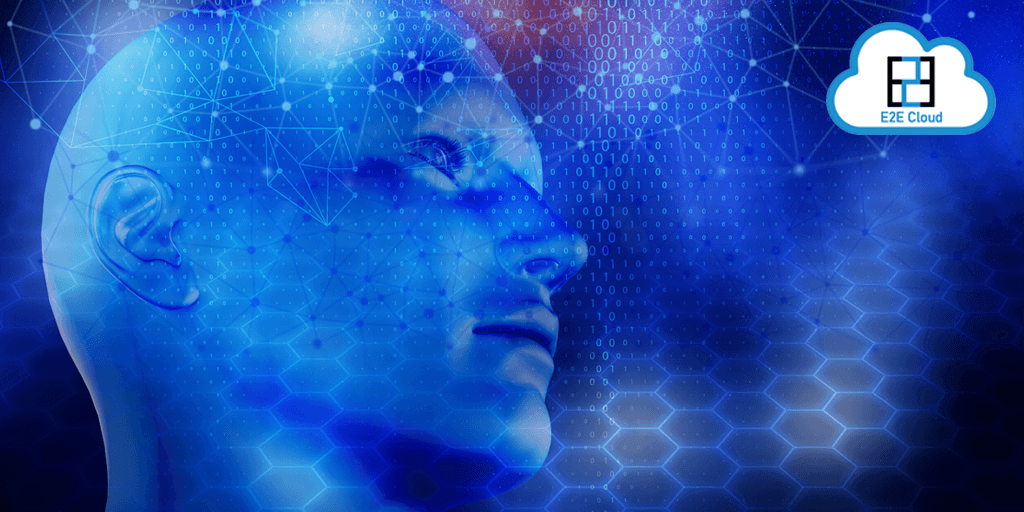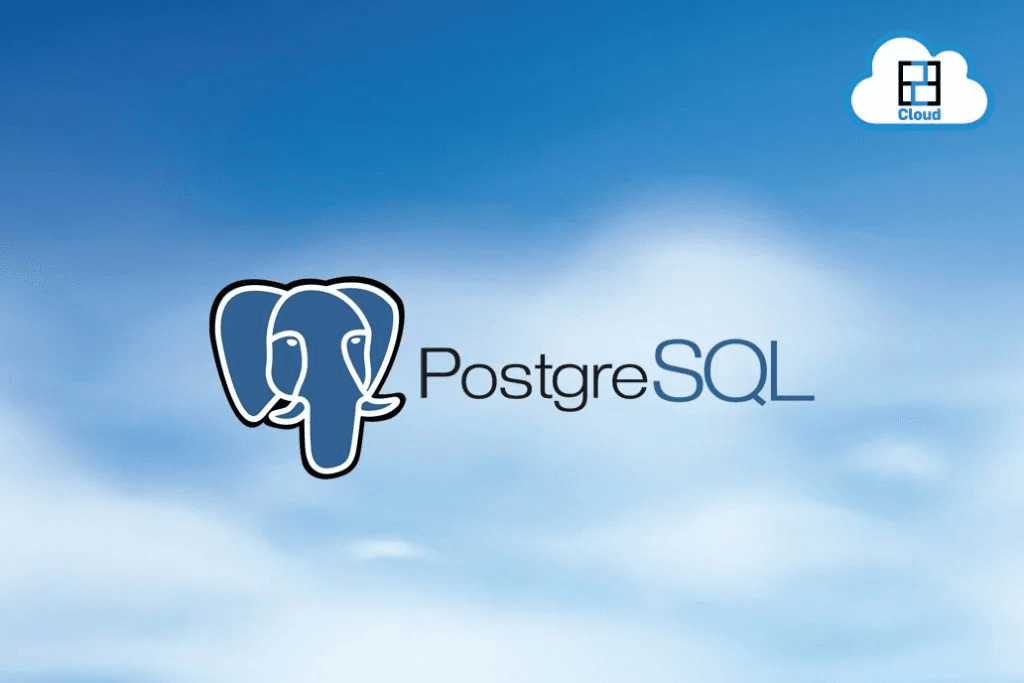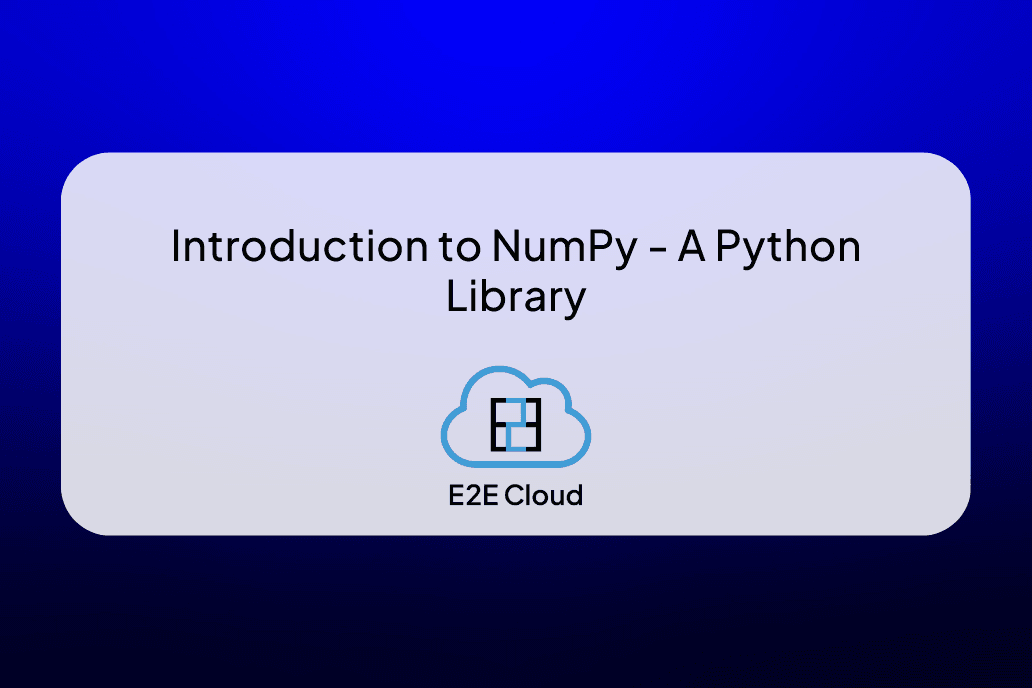Computer Vision is an enthralling term which is productively disturbing the intelligence of technology. The aura of technical advancement has been eye-catching in the last years and what this industry is shooting for is “Computer Vision”.
The significant development is always parallel to technologies that can exploit human lifestyle and drastically improve it for good. Greater access to images also contributed to the growing popularity of computer vision applications. Websites these days make it possible to have almost instant access to images that can be used to train algorithms.
As human beings, our eyes and brains calculate our visual surroundings. This feels natural to us and we do it pretty well. A computer, on the other hand, cannot do that automatically. It needs computer vision algorithms and applications in order to learn what it’s “seeing” but once it learns, it can extensively breakdown even minor details that otherwise the world would find impossible.
This can make processes faster and simpler by replacing any visual activity. Unlike humans, who can get overwhelmed or biased, a computer can see many things at once, in high detail, and analyze without getting “tired”. The accuracy of computer analysis can bring tremendous time savings and quality improvements, and thereby free up resources that require human interaction. So far, this can only be applied to simple processes only but many industries are successfully pushing the limits of what the technology can do.
Computer Vision Technology is absolutely versatile and can be adapted to many industries in different ways. Some use cases happen behind the scenes, while others are more visible.
We are already using products or services enhanced by innovation.
Here are the industries potentially enhancing the vision of computer vision-
Automotive-
The autonomous vehicles segment has recently seen tremendous growth, kudos to the technology of computer vision. Classifying and detecting objects, signs, humans, other vehicles on the path, marking 3D maps, real-time traffic insights, etc., are a few research advancements in the field of computer vision. The launch of a driver-assistance system with features, such as lane centering and self-parking to accomplish fully self-driving cars.
Features like Autopilot are possible thanks to startups such as Mighty AI. It offers a platform to generate accurate and diverse annotations on the datasets to train, validate, and test algorithms related to autonomous vehicles.
Manufacturing-
Computer vision coupled with sensors can work wonders for critical equipment. Today, the technology is being used to check on important plants or equipment there. Infrastructure faults and problems can be prevented with the help of computer vision that is wise enough to estimate its health and efficiency. Many companies are syncing predictive maintenance with their infrastructure to keep their tools in good shape.
Retail-
The innovation has made a splash in the retail industry as well. Companies have rolled out a Missed Scan Detection program that uses cameras to detect scan errors and failures in no time. Once an error is detected, the technology informs checkout managers so they can address it. This initiative helps reduce ‘shrinkage’ that combines theft, scan errors and fraud. For now, the program has proved effective in digitizing checkout surveillance and preventing losses.
There are trending companies who are actually working on a self-checkout kiosk that uses computer vision, 3D reconstruction, and deep learning to scan several items at the same time without the need of barcodes. The product claims to reduce check out time by up to 10x.
Financial Services-
Although the technology has not yet proved to be disruptive in the world of insurance and banking, a few big players have implemented it in the onboarding of new customers.
Leading companies are big fans of data analytics and are using it for effective fraud management. Slowly but surely they’re adopting computer vision. They’re applying it to resolve billing disputes. Analyzing dispute data, the technology is quick to deliver a verdict and save the employees’ time.
Healthcare-
In healthcare, computer vision has the potential to bring in some real value. While computers won’t completely replace healthcare personnel, there is a good possibility to complement routine diagnostics that require a lot of time and expertise of human physicians but don’t contribute significantly to the final diagnosis. This way computers serve as a helping tool for the healthcare personnel.
For example, Gauss Surgical is producing a real-time blood monitor that solves the problem of inaccurate blood loss measurement during injuries and surgeries. The monitor comes with a simple app that uses an algorithm that analyses pictures of surgical sponges to accurately predict how much blood was lost during a surgery. This technology can save around $10 billion in unnecessary blood transfusions every year.
Agriculture-
Agriculture has always been deeply steeped in tradition. Computer vision is here to change that. What exactly can the technology bring to the table? It can offer a helping hand in mapping, analyzing soil, counting livestock, evaluating crop yield and its ripeness and more. RSIP vision developed plenty of agriculture solutions. Using deep learning, sensory and satellite imagery they can estimate seasonal yield before harvesting. They made it possible for farmers to make yield estimation using their smartphones or tablets. One Soil Platform streamlines farming. They develop solutions that help collect field data and monitor plants. More importantly, the technology can help perform routine and time-consuming tasks like planting, harvesting and evaluating plant health and development. All rolled into one, it does help farmers streamline their work.
Surveillance-
The innovation enables security of public places like parking lots, the subway, railways and bus stations, roads and highways, etc. The application of computer vision for security purposes is diverse. It’s face recognition, crowd detection, human abnormal behavior detection, illegal parking detection, speeding vehicle detection and more. The technology helps strengthen security and prevent accidents of various kinds.


